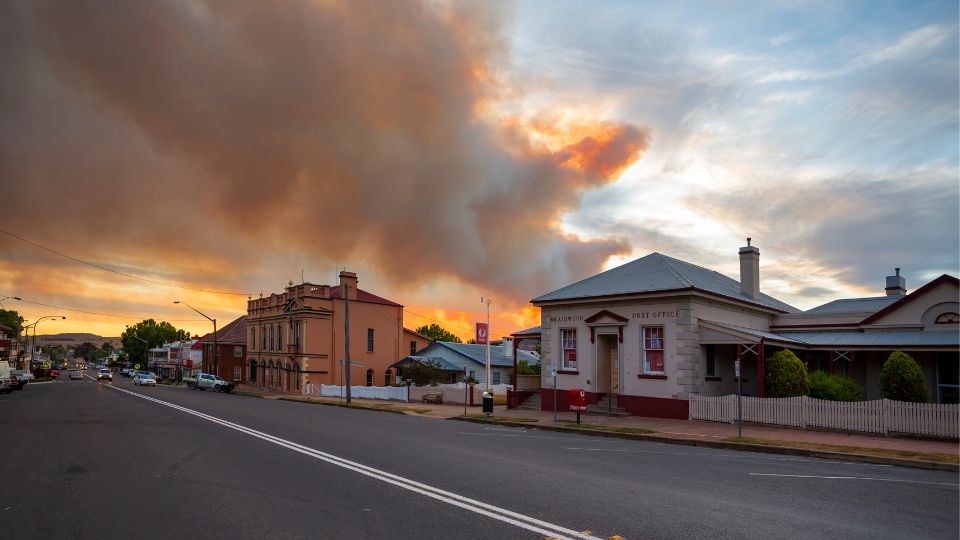Australia has earned an unwelcome title as the world’s second most costly country for extreme weather, according to new data released by the Insurance Council of Australia (ICA). Over the past 45 years, the nation has consistently ranked behind only the United States for economic and insured losses per capita; a pattern that underscores the growing vulnerability of Australia’s homes and infrastructure.
The findings, published in the ICA’s 2024–25 Insurance Catastrophe Resilience Report, show that “each decade since 1980, inflation-adjusted losses from floods, bushfires, storms and extreme cold temperatures have climbed across the globe.”
Australia’s consistent second place “reflects our unique geography and exposure to natural perils, compounded by the growth of populations in higher-risk areas and infrastructure that has not been built to withstand the impacts of a changing climate.”
The report also revealed that in the past year alone, insured losses reached almost $2 billion across three major events — the North Queensland Floods ($289m), Ex-Tropical Cyclone Alfred ($1.43b), and the Mid North Coast and Hunter floods ($248m).
ICA CEO Andrew Hall said the data sends a clear warning.
“While Australia has always faced extreme weather, the accelerating losses per person and their compounding impact on communities is costly and ongoing,” he said.
“Australia is in a global race to ensure its built environment has the resilience needed to protect assets – this data clearly shows that each decade is costlier than the last, with insufficient investment in resilience leaving Australians to shoulder an outsized economic burden.”
Hall added that “with escalating costs and pressure to build more homes faster we need to speed up our investment in the interventions required to mitigate the impact of these events.
“With the cost of restoring or rebuilding increasing every year, all levels of government will continue picking up an ever-growing bill that could have been prevented through strategic resilience investment now.”
It’s clear that resilience is becoming a key factor in property value. As insurance costs rise and climate risks intensify, agents will need to guide clients towards better-informed buying and building decisions.
In this environment, location still matters, but so does how well a property can weather the next storm.

